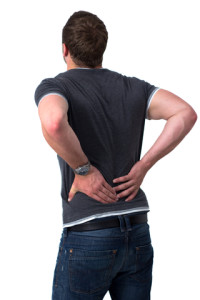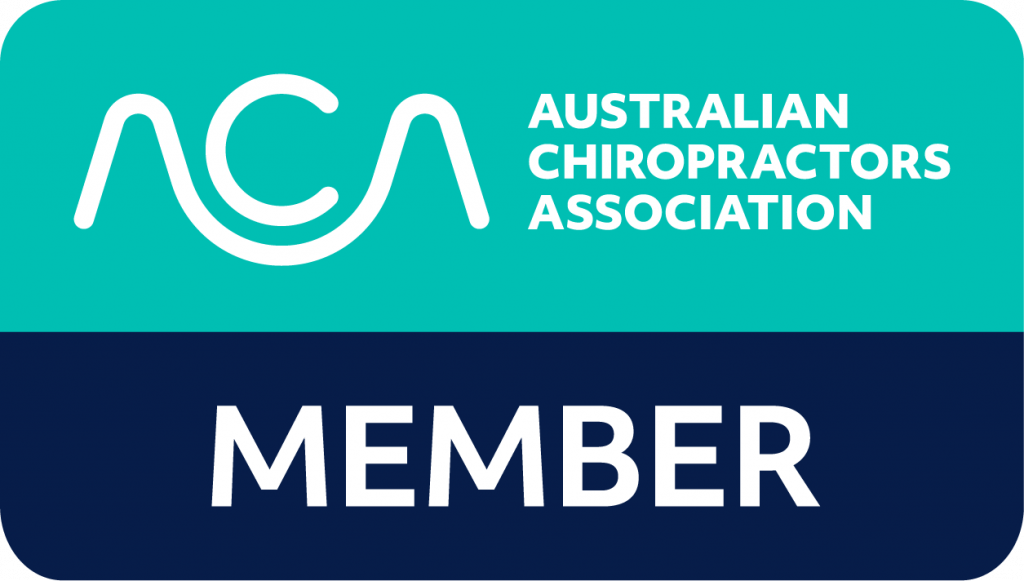Blog
What Is Spinal Stenosis?

Back pain can be caused by a variety of things. Most of the time they’re the result of injuries but they can also develop due to certain disorders such as spinal stenosis.
Spinal stenosis is a disorder wherein spaces in the spine become narrow in three areas – the canal in centre of the spinal column, the canals at the base of the spinal cord, and the openings between the bones of the spine.
This places pressure on the spinal cord and nerve roots. The pressure then creates low back pain or numbness that may extend down the back of the legs, though in some cases, the pain or numbness radiates upward, reaching all the way to the shoulders which can be intensely uncomfortable and lead to mobility problems.
Who does spinal stenosis affect?
Spinal stenosis is most common among people who are 50 years old and above because the natural degenerative process of the body weaken the spinal structure.
At the same time, as people get older, the ligaments of the spine thicken and calcify causing bones and joints to enlarge and then making those spaces in the spine much smaller. While this disorder is mostly suffered by aging folks, younger people who have spinal problems to begin with and have poor health are also likely to develop it.
Causes of spinal stenosis
The most typical causes of this disorder as mentioned earlier are injuries and degenerative conditions such as osteoarthritis and rheumatoid arthritis. It may also be a result of other health complications such as growth of a tumour in the spine, Paget’s disease, and the formation of calcium deposits on the ligaments that run up and down the spine.
Symptoms
Aside from low back pain and numbness, people with spinal stenosis may also feel weakness and frequent cramping of the legs and arms. For severe cases of this disorder, people may actually experience difficulty in voiding, urinating and performing sexually; likewise, frequent foot pains may also be felt.
When these symptoms manifest, it’s imperative to seek medical treatment right away not only to manage pains but also to prevent the condition from worsening.
Chiropractic & other treatments for spinal stenosis
When it comes to treatments, there are several options and they are implemented depending on the gravity of the disorder. Today, the preference is toward pain relief methodologies that steer away from over-the-counter drugs and costly surgery.
Therapy is highly recommended to maintain or regain mobility, manage pain, develop strength and stabilise the spine.
This is ideally backed by procedures aimed to help the body recover and heal naturally, such as chiropractic care, especially for those who have the disorder due to injury to adjust the spine and restore its original structure and flexibility.
Find out more
To find out more, contact us today using our enquiry form or by calling (02) 9868 2509

